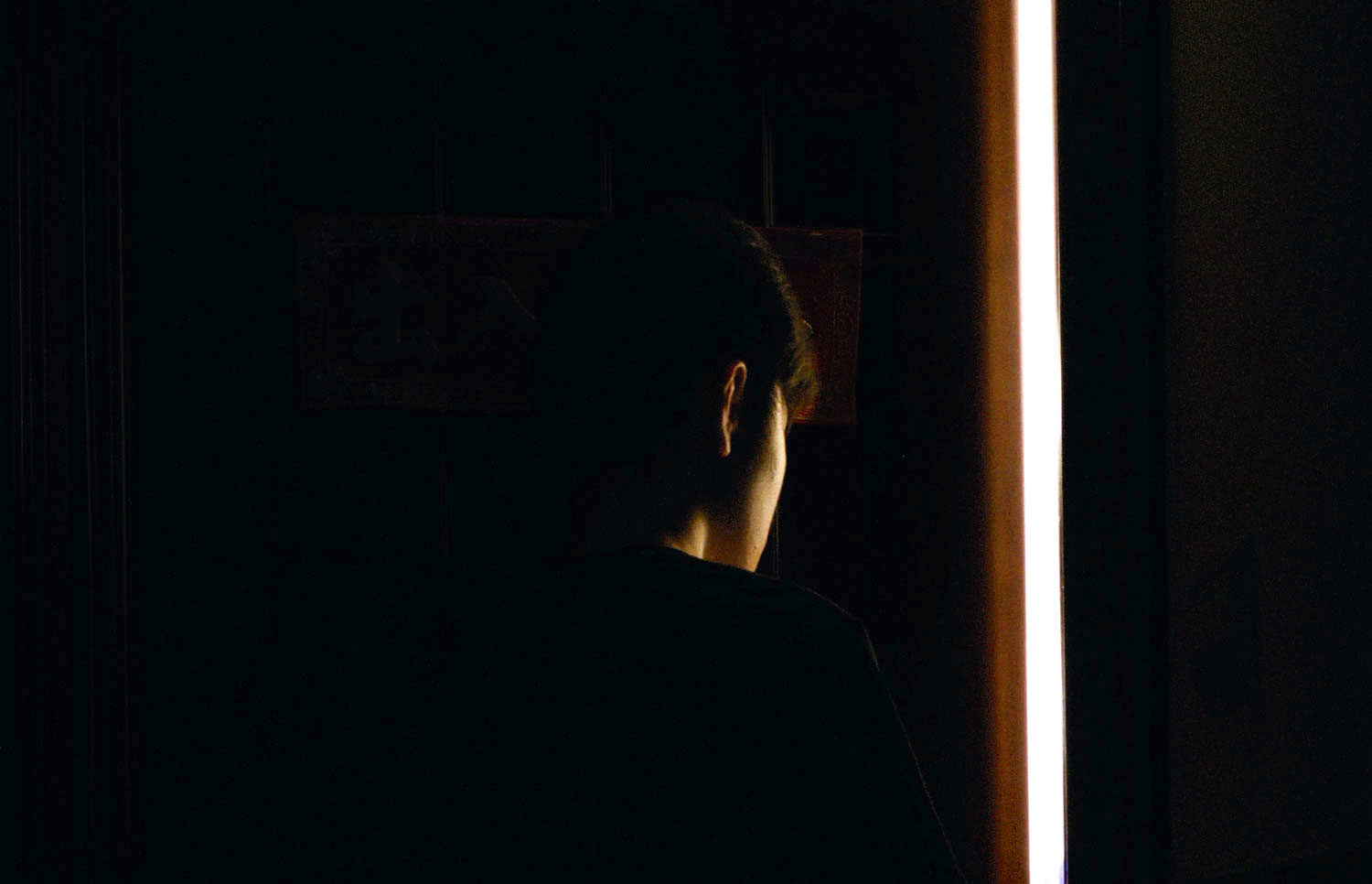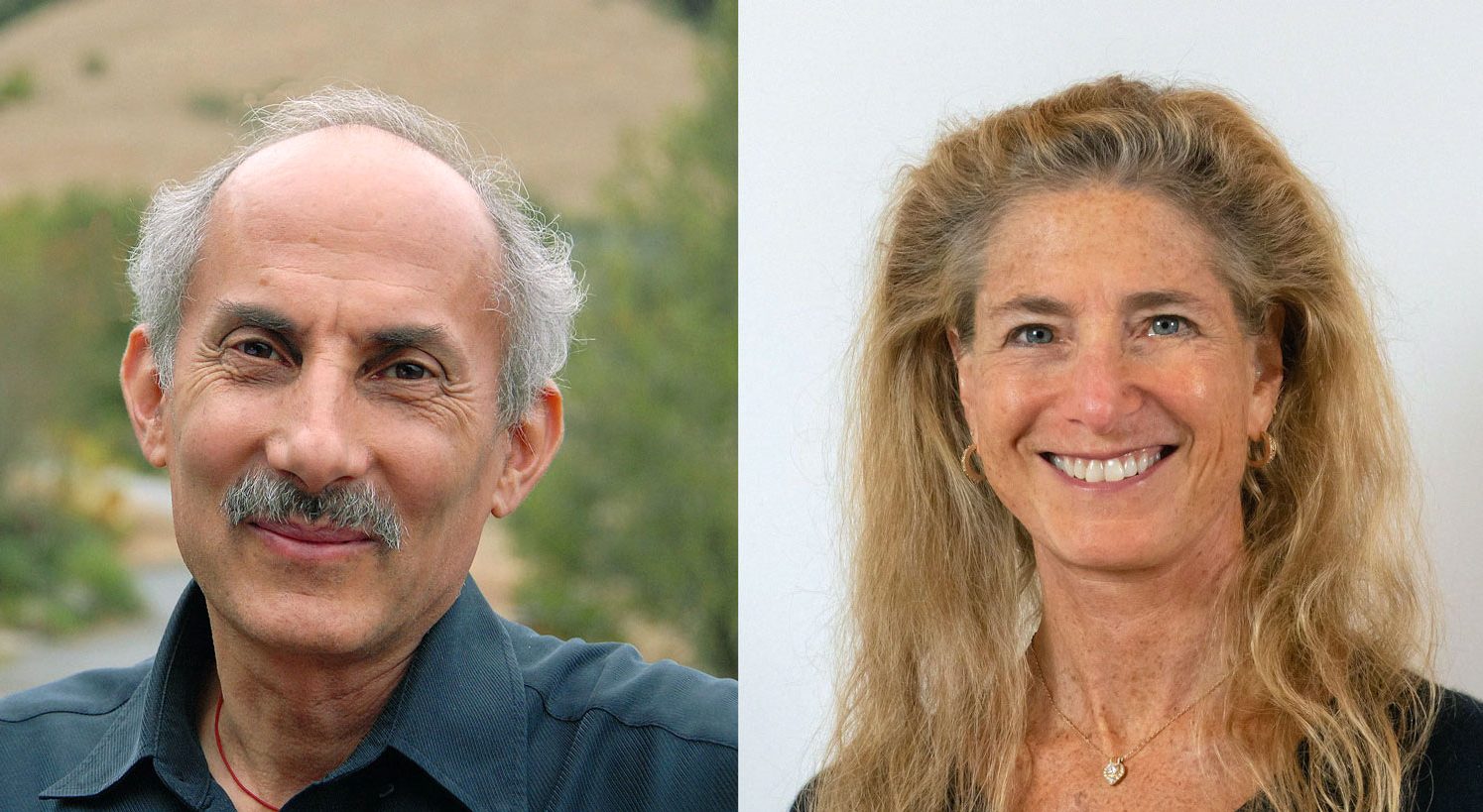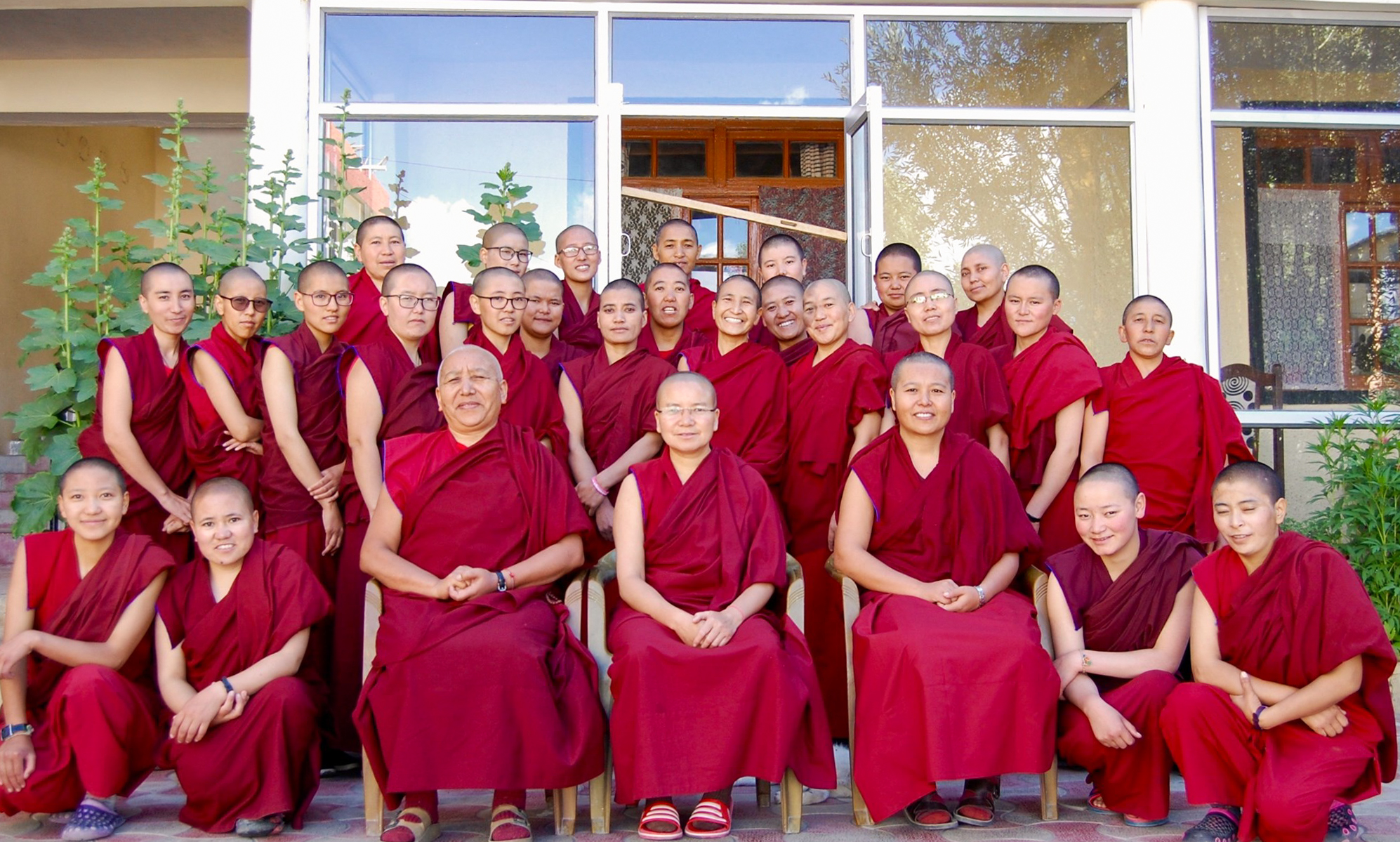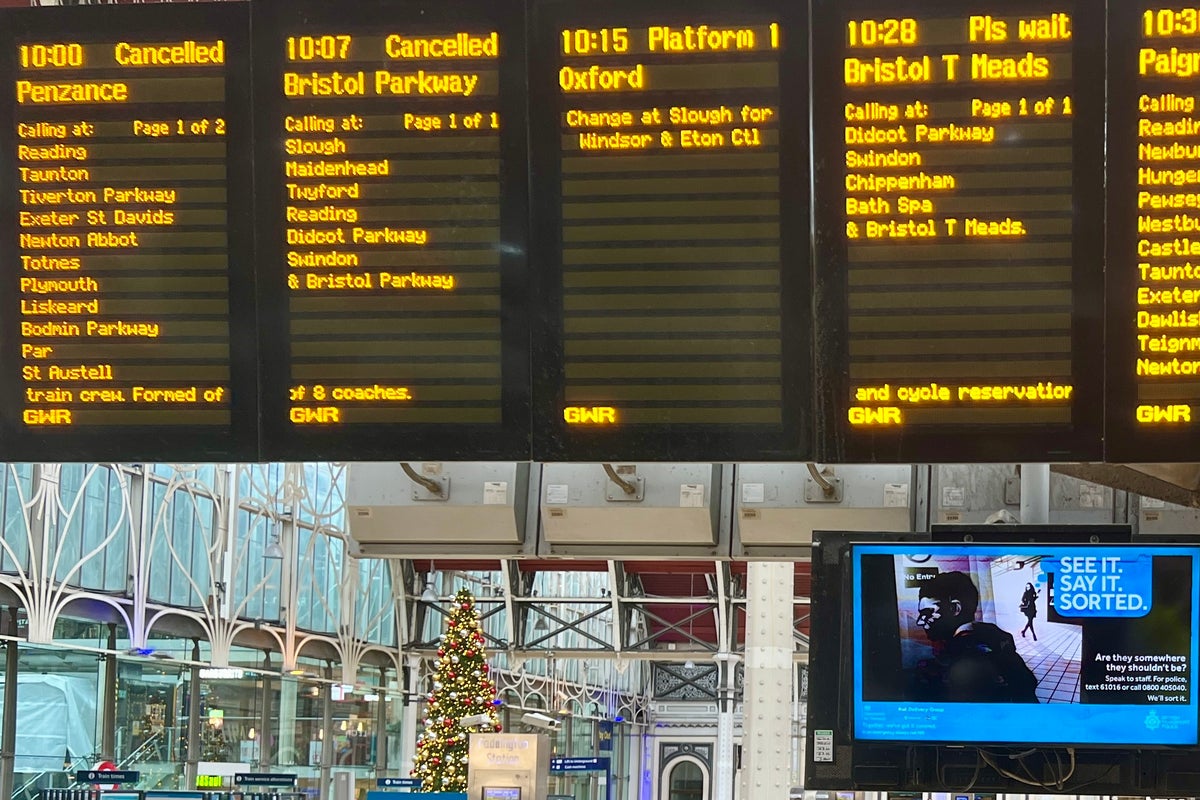Seeing in the Dark
Zen priest Kurt Spellmeyer discusses cigarettes, samadhi, and “dwelling in emptiness.” The post Seeing in the Dark appeared first on Tricycle: The Buddhist Review.

 Photo by Kirk Lai
Photo by Kirk LaiSometimes we do things to release ourselves from suffering that aren’t actually liberating. . . and that have the effect of prolonging our suffering.
For example, let’s say you have a job that’s very demanding, and you have a high-stress environment, and your day is long. Pressure, pressure, pressure. . . and then around 3:00 pm, you find yourself really tired, and you know you have hours to go.
It occurs to you that you could do something during the day that would help you get through those last hours, and you decide, “Maybe I’ll try smoking a cigarette.”
If you’ve ever smoked, you know that there’s something profoundly enticing about it. You may be under a lot of stress, but when you have your cigarette, it’s like a timeout.
It’s like everything disappears, and now it’s just you and the cigarette. You feel elated, you feel optimistic, you feel powerful.
Of course, we know that if you make that decision, you’re not actually releasing yourself from suffering. Suffering persists even when you’re smoking the cigarette. It’s just muffled, or it has become more subtle.
You’ve concealed it from yourself, but it’s still there.
***
Many people actually approach meditation in a way that’s not so different from what I just talked about.
Just as you may reach for a cigarette to deal with your stress, you may decide to learn to meditate to deal with your stress.
You may have a stressful day, you may have lots of problems. You come home, you sit down on the cushion. You begin to watch your breath, and if you practice regularly, it doesn’t take long to feel a big difference.
If you do this multiple times during a week, in a month you’re going to begin to enter a very calm, centered place during meditation.
You think, “This is wonderful. I love meditation.” You’ve created a little island of calm in a sea of stress and fear and anger. You get up the next day, and the office is still stressful, but this has helped you a little bit.
It may be a bit shocking to hear, but if used in this way, meditation could actually be doing you an injury.
When we cordon off our moment of serenity, our moment of calm, we use it to protect ourselves from looking at our own circumstances in a critical way. We miss the opportunity to change not just these circumstances but who we are as people.
You may be better served to quit your job, to look for a new job, maybe to go back to school, and so on. But it’s possible that you don’t quit your job because you’re afraid of certain kinds of uncertainty or certain kinds of insecurity, even though your job makes you miserable.
And through meditating, you’re actually making it more possible for you to live the way you’ve been living all along.
Your meditation practice, which looks so liberating, can be destructive. . . which is not so different from smoking. When we cordon off our moment of serenity, our moment of calm, we use it to protect ourselves from looking at our own circumstances in a critical way. We miss the opportunity to change not just these circumstances but who we are as people.
So how do we avoid that?
How do we avoid using our practice as a way of actually reinforcing our mental habits that, in the long term, will cause us more suffering?
***
We make decisions that are shaped by our prior assumptions. Over time, that’s going to produce deeply ingrained patterns of suffering.
We create a structure of reality, and a world around ourselves based on our prior actions. Those actions often have sources that we’re unaware of.
The Buddhist word for this is vasana, energy habits or habit energies.
Things happen to us, and we respond in the best way we can. We don’t always choose how we respond. Consciously or unconsciously, we repeat, and we keep repeating even when it stops working, because it’s become a deeply ingrained habit. This is samsara.
If we choose to do meditation, it’s a good step, but not if we don’t begin to undo those habit energies.
It’s very important to meditate regularly, and it’s very important to be able to get into that wonderful state of centeredness and balance of calm, or samadhi. But if you stay in samadhi—which some traditions see as the end of the road—you never overcome many of your destructive mental habits.
And so in that way, meditation, even in samadhi, can operate like smoking a cigarette.
So the strategy that Zen has developed is to use the experience of emptiness as a way of stepping outside our familiar habit energies.
Emptiness really is the door. It’s the way we step out of our familiar mental habits, our patterned behaviors. Once we’ve stepped out, we can begin to re-enter the world of form, the world of our assumptions and behaviors and self-understanding, with a kind of unbiased mind.
So when you meditate, as you’re watching the breath, try following the breath out to the end of the breath.
At the end of the breath, you may notice that there’s an interval where the breath ends, and then you start to breathe again. There’s an interval where there’s nothing.
So focus on that—that little gap or space.
If you focus your attention there, you may begin to notice that there’s this blankness.
Zen practice involves finding this emptiness and dwelling in this emptiness.
It’s a little bit like a person who goes into a dark room from a lighted hallway. When you look around at first, it’s absolutely black, but if you stay in that room, you begin to be able to operate.
You begin to be able to see.
♦
Adapted from Kurt Spellmeyer’s Dharma Talk, “Meditating With Emptiness.”

Get Daily Dharma in your email
Start your day with a fresh perspective

Explore timeless teachings through modern methods.
With Stephen Batchelor, Sharon Salzberg, Andrew Olendzki, and more
![]()
Thank you for subscribing to Tricycle! As a nonprofit, we depend on readers like you to keep Buddhist teachings and practices widely available.
This article is only for Subscribers!
Subscribe now to read this article and get immediate access to everything else.
Already a subscriber? Log in.

 Koichiko
Koichiko 



























.jpg&h=630&w=1200&q=100&v=f776164e2b&c=1)



